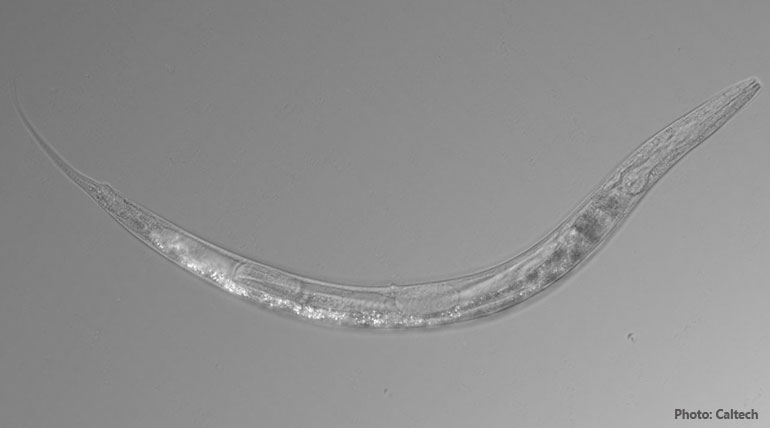Caltech professor Paul Stemberg finds three sexes worms in California Mono lake
Vijayan Sankar (Author) Published Date : Sep 28, 2019 23:04 ISTScience
Caltech professor Paul Stemberg finds three sexes worms in California Mono lake: Paul Stemberg, Bren professor of biology in California Institute of Technology, found worms with three sexes in Mono Lake, California. The research work was conducted in his lab on the eight nematodes recovered from the lifeless lake with an alkaline environment.
The three sex worms living in the arsenic-laced lake can survive arsenic levels 500 times more than that is possible by humans. The research paper to this effect was published on 26th September in Current Biology.
Auanema sp - the three sex worm: Temporarily named Auanema sp, the new three sex worm was discovered from the inhospitable California lake. This nematode species divides into hermaphrodites and males. Also, Auanema Sp has worms of the female sex along with other sex characteristics like the arrangement of genital papillae in its males, which is unique in the genus.
It also gives birth to live offspring, a unique approach in the normally egg-laying nematode world.
Extremophiles can teach innovative strategies: The newly discovered three sex nematodes come under the category of extremophiles living under extreme conditions. Ph.D. graduates of Caltech or California Institute of Technology and former Sternberg lab students Pei-Yin Shih and Jams Siho Lee say that these extremophiles teach us about innovative strategies to deal with stress.
They also confirm that there are more to learn from these 1000 celled nematodes which survive in extreme environments. Their capability to survive in more than 500 times arsenic exposure to that of humans must have come from their adaptation of high levels of phosphate levels. Hence, these nematodes can be pre-adapted to life as an extremophile.
Also, they could have a genetic resiliency and flexibility to live in such unfavorable places like Mono Lake in California. It is because the said lake is three times saltier than seawater and with a pH level higher than that of baking soda.
It is because of this adaptive nature of these nematodes, which are approximately 57 billion to every human on earth still thriving. The three sex feature of these worms or nematodes could be one more factor for survival in harsh conditions like the Mono Lake in California.




